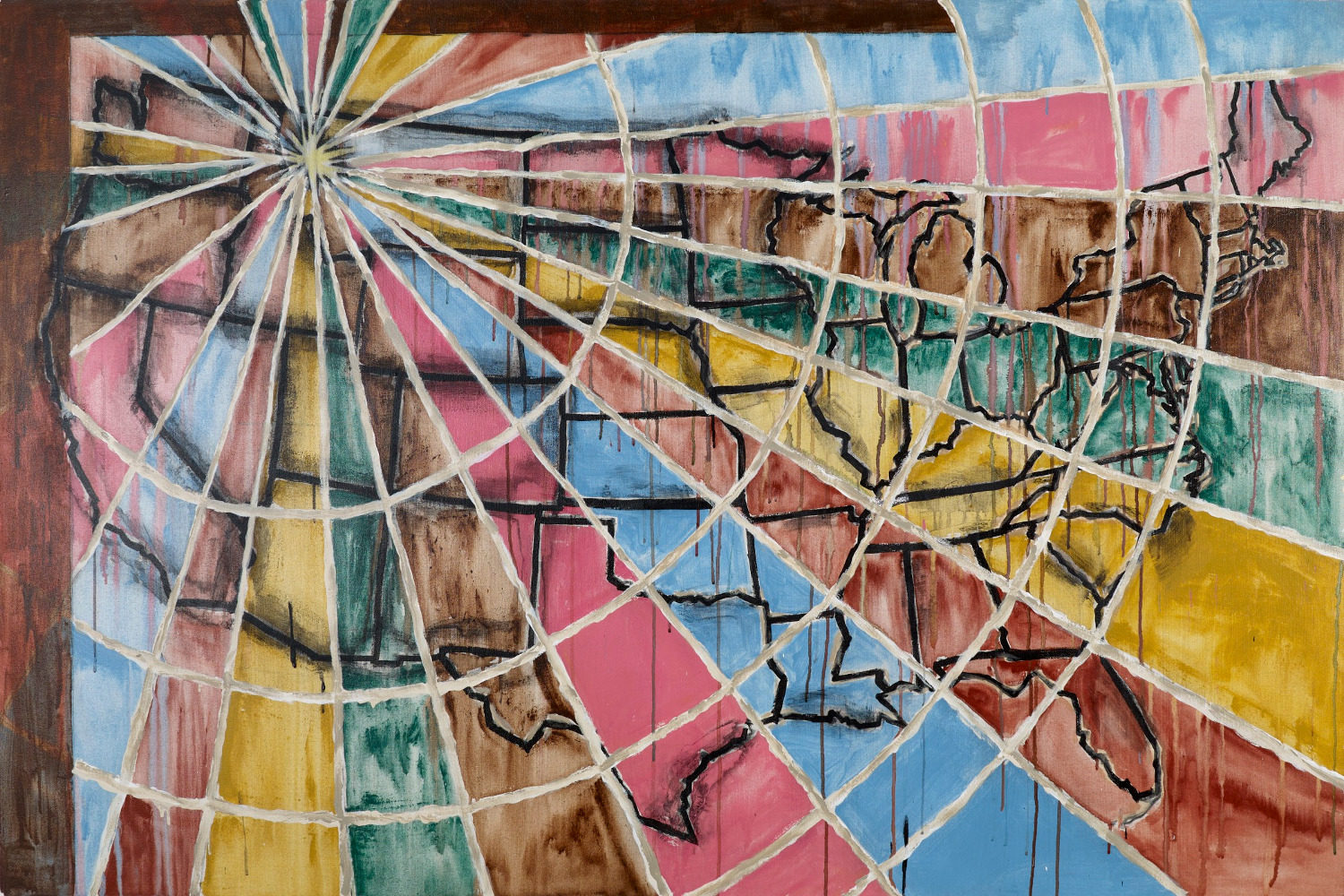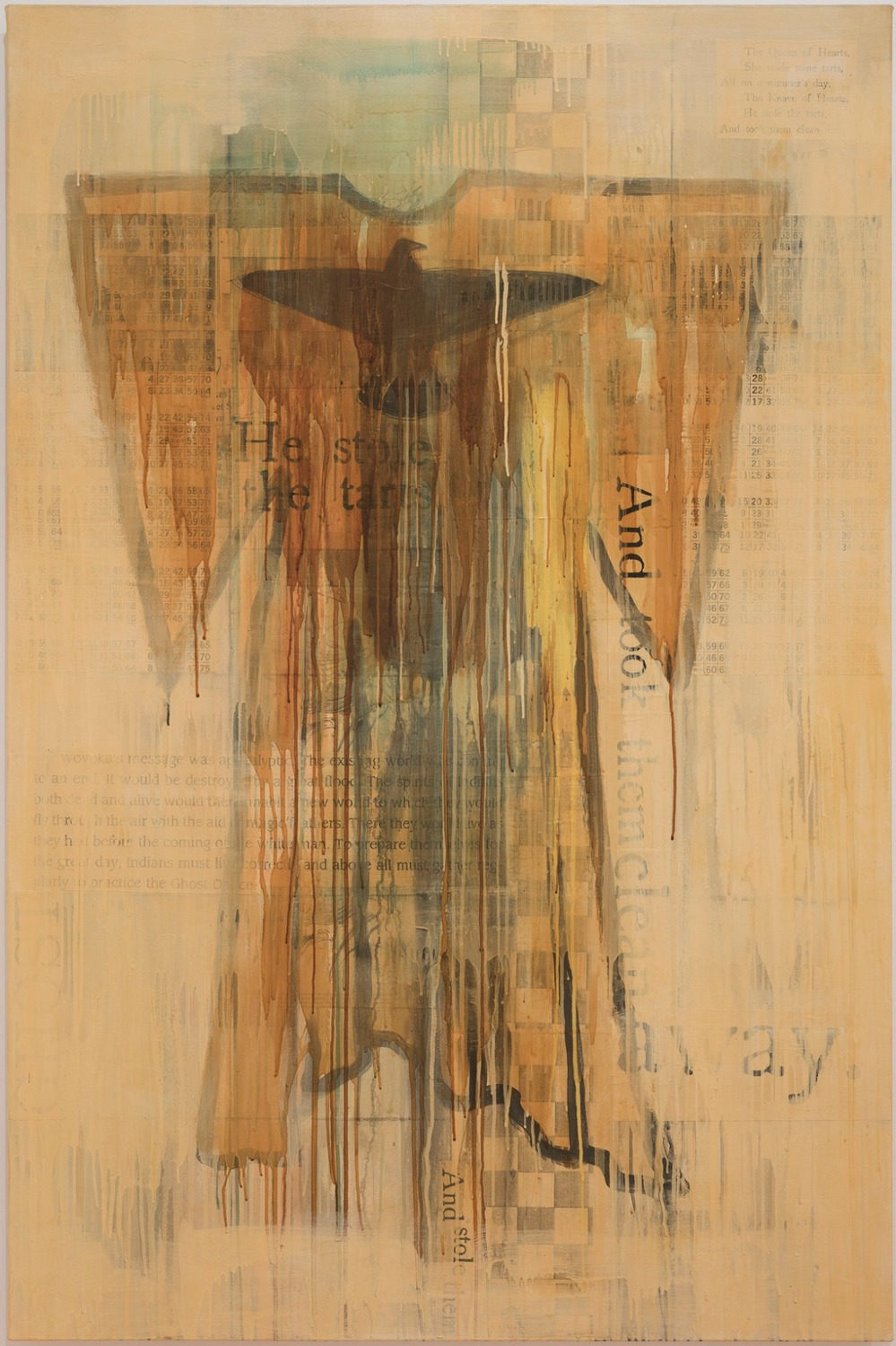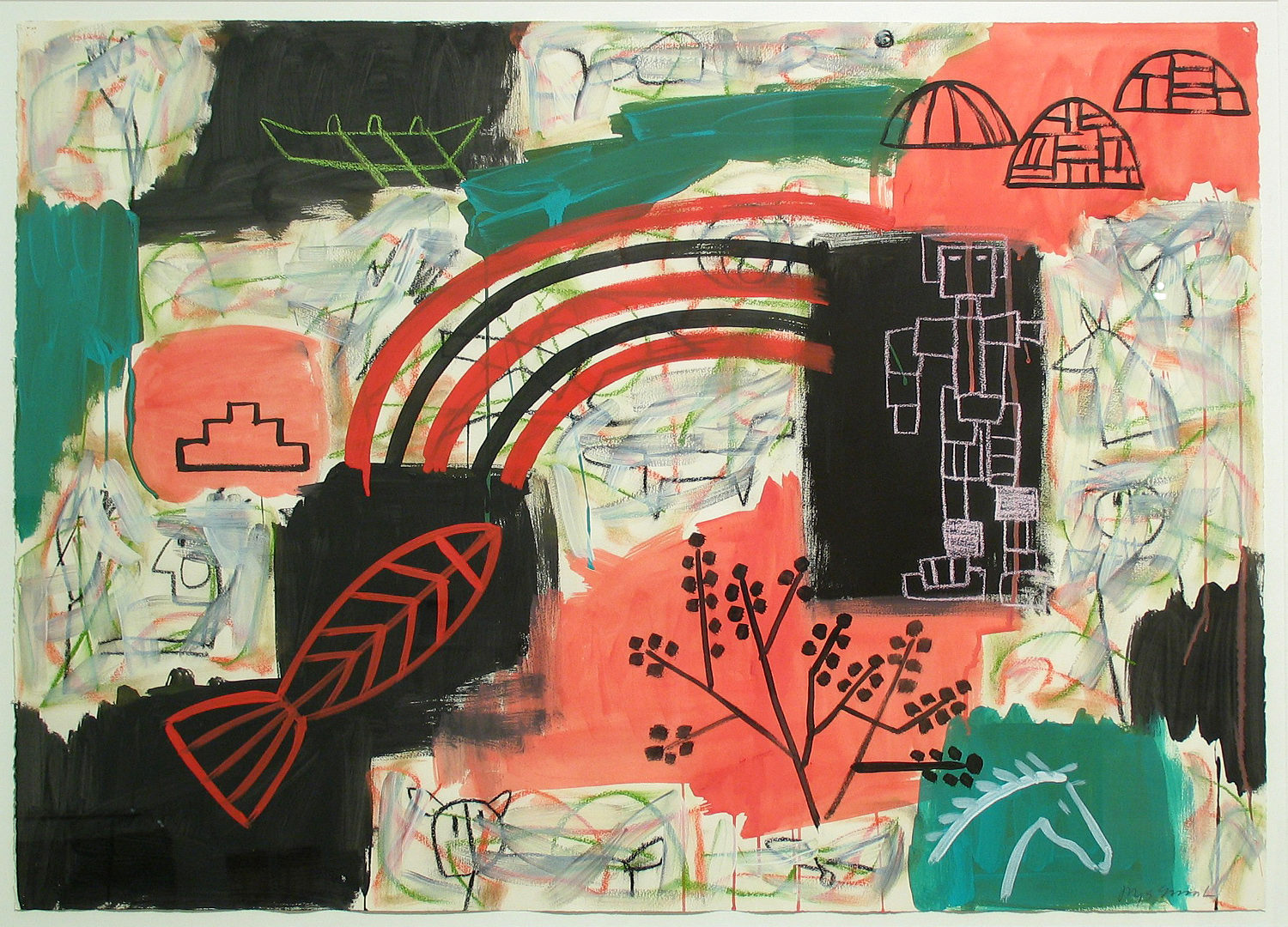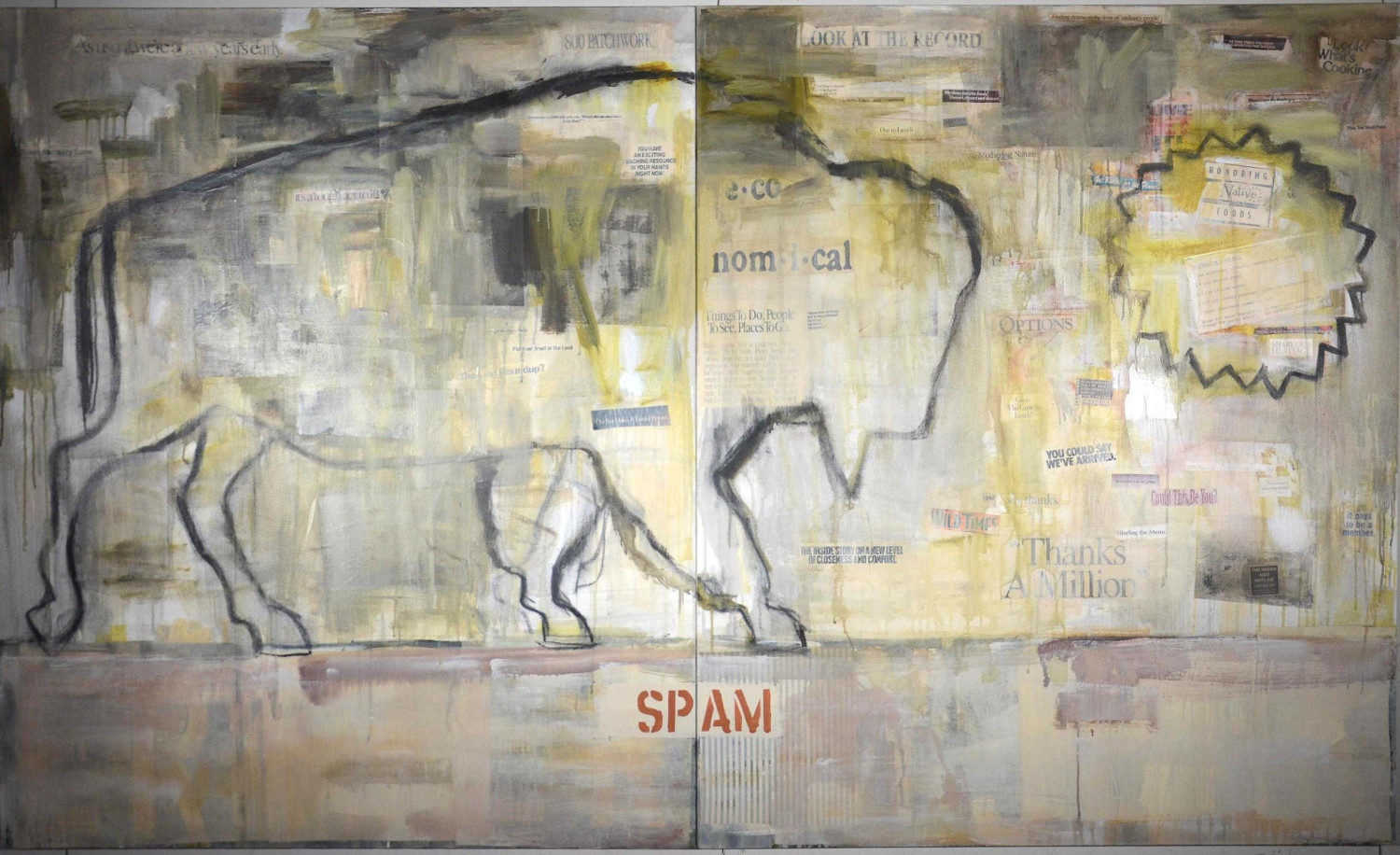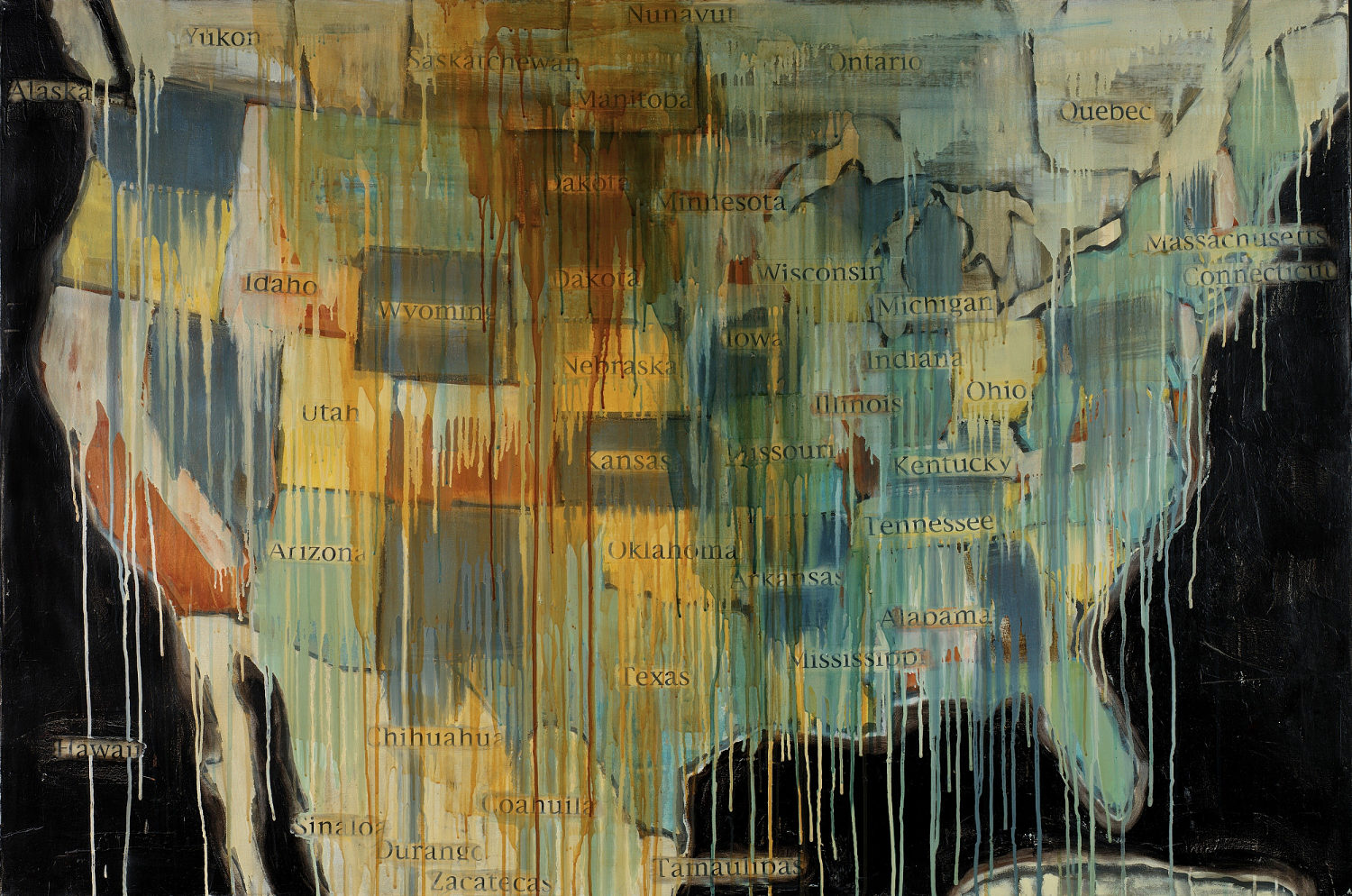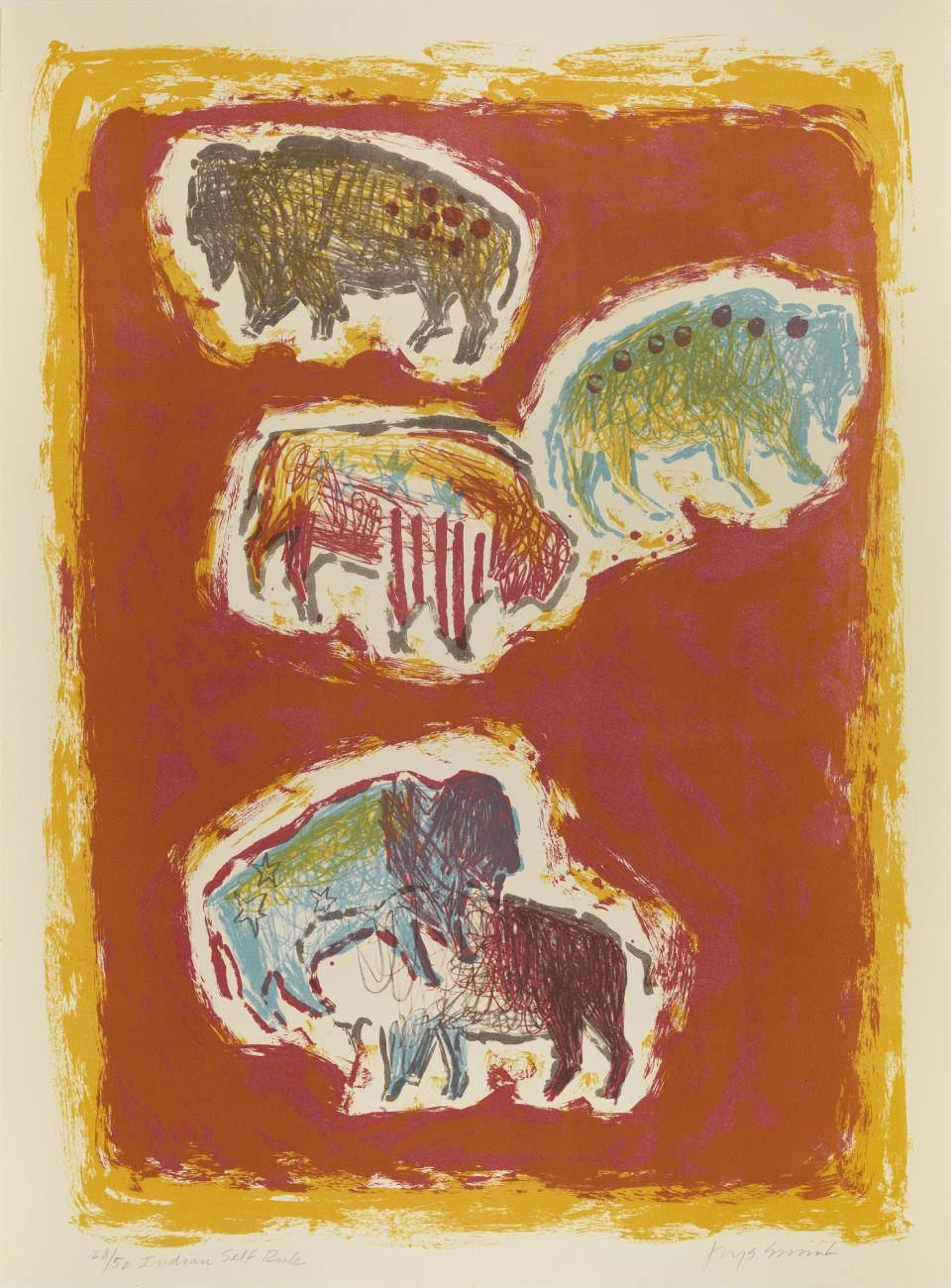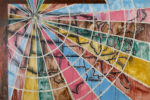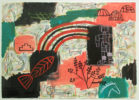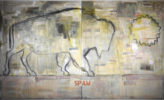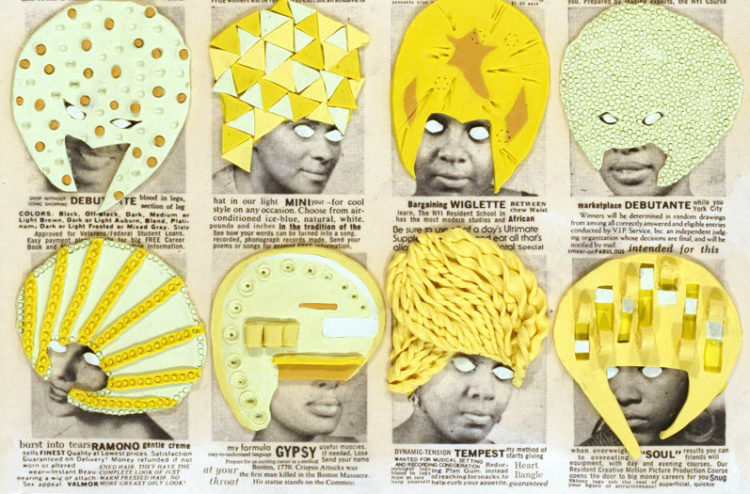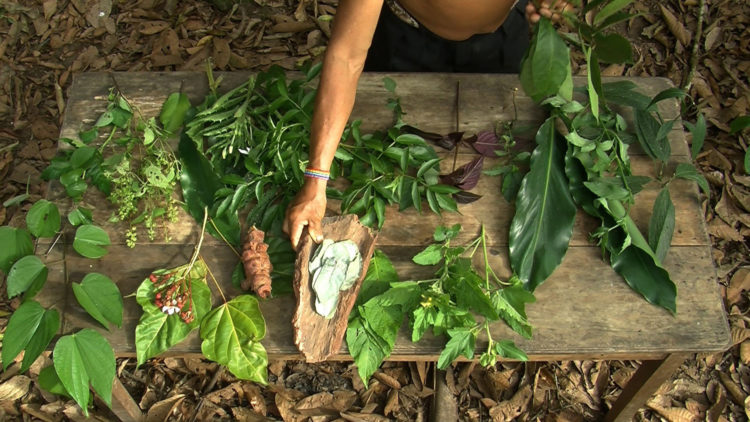Jaune Quick-to-See Smith
Susse Mary, Jaune Quick-to-see Smith Postmodern Messenger, exh. cat., Tucson Museum of Art, Tucson (2004), Tucson, Tucson Museum of Art, 2004
→Hogan Linda, Jaune Quick-To-See Smith: She Paints The Horse, exh. cat., The Nicolaysen Art Museum, Casper (2008), Casper, The Nicolaysen Art Museum, 2008
→Kastner Carolyn, Jaune Quick-to-See Smith : an American modernist, Albuquerque, University of New Mexico Press, 2013
Jaune Quick-to-See Smith: Landscapes of an American Modernist, Georgia O’Keeffe Museum, Santa Fe, 27 January – 29 April 2012
→Layered Stories: Jaune Quick-to-See Smith, Holter Museum of Art, Helena, Montana, 22 January – 17 April 2016
→Jaune Quick-to-See Smith: In the Footsteps of My Ancestors, Tacoma Art Museum, Tacoma, 9 March – 30 June 2019
American lithographer and painter.
Born in the Confederated Salish and Kootenai Indian Reservation in Montana, Jaune Quick-to-See Smith is one of the most influential North American indigenous artists. Abandoned by her mother at the age of two, she lived in various cities and reserves in California and Washington. Having studied in several universities, she holds four honorary doctorates, among other degrees. Since the 1970s, she has developed a practice of abstract painting and lithographs, based on complex networks of lines and colours. The use of glued mixed materials, such as newspaper, creates surfaces with rich and complex textures. The combination of commercial slogans, layers of text, scribbled drawings and paint drippings, as well as objects integrated into installations, make these abstract works hybrid and complex realisations, which nonetheless include figurative motifs. Her work, present in various prestigious collections, has been the subject of more than one hundred solo exhibitions, and has won her the Joan Mitchell prize.
Notably through overlays and collages, she mixes Indian traditions with American modernity, giving her work a political discourse on the subject of cultural appropriation. She describes herself as a “cultural art worker.” Her works bring into play various elements linked to tribal art as well as environmental concerns. In Flathead Vest: Father and Child (1996), a traditional vest is painted onto an ensemble of images: floral motifs, a 19th century photograph of an Indian father and son, as well as a text about food additives. This confrontation recurs in her other pieces, particularly in several of her lithographs: Winds of Change (1992) combines images of teepees, horses and geometric symbols with that of trucks and planes, all brands of contemporary society that contradict the traditional world of indigenous reserves.
© Éditions des femmes – Antoinette Fouque, 2013
© Archives of Women Artists, Research and Exhibitions, 2019




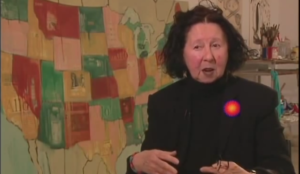 Interview with Jaune Quick-to-See Smith | Smithsonian, 2013
Interview with Jaune Quick-to-See Smith | Smithsonian, 2013 